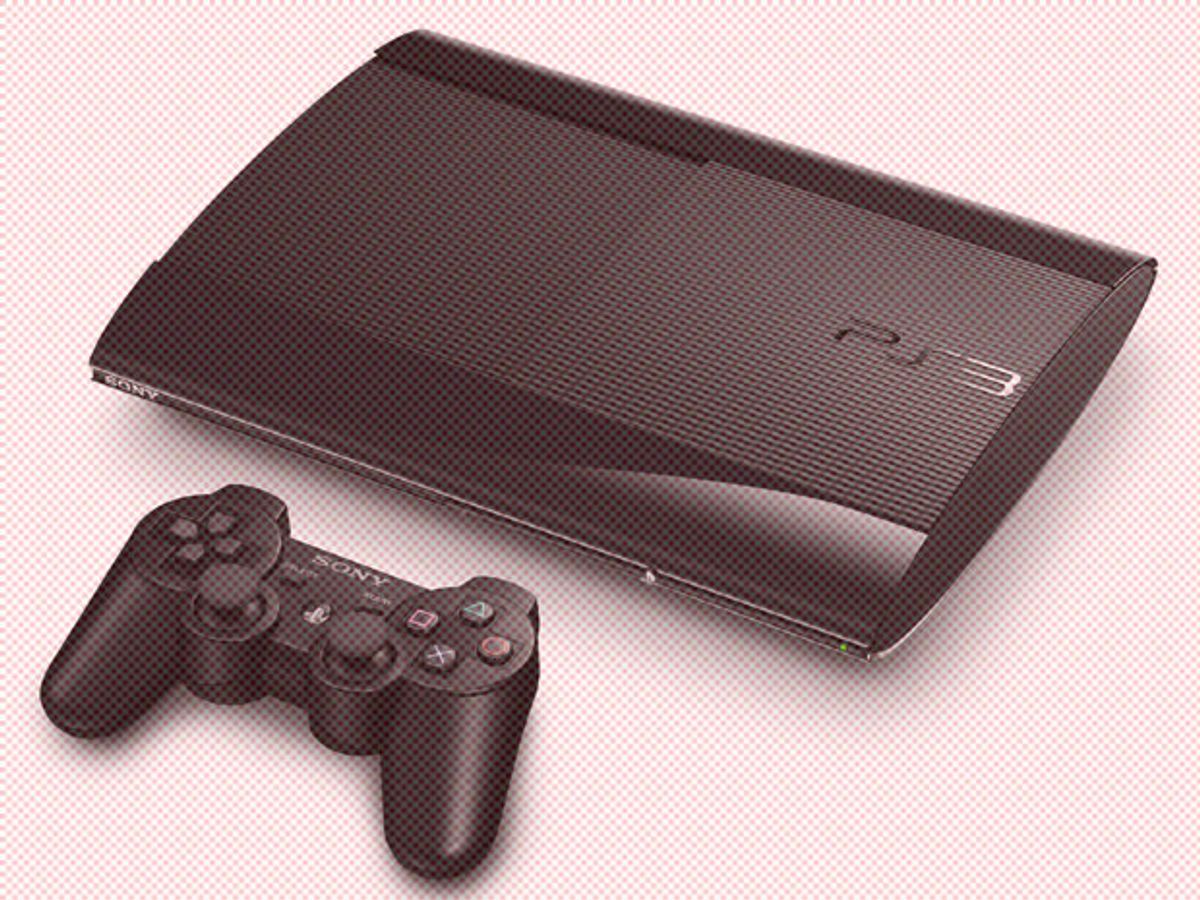The Sony PS4: Less Dazzle, More Social
The big makers of game consoles will renew their rivalry, and Sony has a chip on its shoulder

It’s showtime in the video-game industry again. Nintendo, Microsoft, and Sony are getting ready to unveil their next-generation consoles, the machines that will be at the heart of their strategies for years to come. Nintendo made the first play, with the release this past November of the Wii U, its first system to support high-definition graphics as well as a touch-pad controller. Microsoft has yet to announce the successor to its popular Xbox 360, though a new console—rumored to be called the Xbox 720—is expected this year.
But forget that for now and consider Sony, which has the most at stake here and has watched its once leading PlayStation franchise lose ground in recent years. Sony used to dazzle with its technological daring, but it has been more than six years since it introduced the PlayStation 3, and the company now finds itself in a fundamentally altered gaming universe, in which technological dazzle isn’t nearly as important as it used to be. So there’s more than the usual curiosity about Sony’s long-awaited next flagship console, the PlayStation 4, which many insiders and analysts expect will be introduced later this year.
Sony hasn’t confirmed that expectation, and there’s very little hard information available. The only official word so far was a cryptic comment from Andrew House, chief executive of Sony Computer Entertainment, who said last June that “the right time to talk about new advances in hardware is when you can demonstrate a significant leap on the current experience, and something that is going to be attractive.” House was speaking to the game-industry publication MCV.
So—will this leap be significant and attractive enough?
The bar is set high. The PlayStation 3 enthralled gamers with its radical microprocessor, the Cell Broadband Engine Architecture, or Cell, for short [see “Multimedia Monster,” IEEE Spectrum, January 2006]. Sony, with partners Toshiba and IBM, spent an estimated US $400 million and took five years to create the Cell, which incorporated nine separate processors that were together capable of 192 billion floating-point operations per second. It ushered in an era of computationally brawny gaming, one characterized by crisply realistic graphics and robust artificial intelligence, as seen in games like Call of Duty 3 and Resistance: Fall of Man.
But plenty has changed since the PS3’s release. With the rise of Facebook and smartphones, the buzzwords in the industry have changed from “eye candy” and “AI” to “social” and “mobile.” Hits like FarmVille and Angry Birds proved that being accessible, communal, and of course, fun is enough to win over both players and developers. “The platforms are not what defines the generations as much anymore,” says Mark Rein, vice president of Epic Games, the Carey, N.C.–based developers of the Unreal video-game engine and the Gears of War game franchise. “We have so much hardware now and so many cool new things we can do, and so many devices with lots of power and memory.”
It’s a distinct possibility that Sony will abandon the Cell in the PS4. And if it does, not everybody will be sorry to see it go. “The problem with the whole Cell architecture was that it was really complicated,” says David Cole, founder and president of DFC Intelligence, a technology research firm in San Diego. “It was difficult to program for and almost too advanced for its time.”
Specifically, when programming the Cell, the demands of keeping track of nine distinct execution threads drove many programming teams to distraction. “If you expect to port your application efficiently to the Cell via recompilation or threads, think again,” warned Dr. Dobb’s, a popular journal for software developers [see “The Insomniacs,” Spectrum, December 2006].
Many successful new games are coming from independent developers with few resources. So to be competitive, Sony needs to ensure that the next person who makes a cool game in a garage can easily port it to the PlayStation. “Sony wants to streamline the process,” says Lewis Ward, research manager at IDC, a market research firm based in Framingham, Mass., “and make it easier to release games that are developed for the PC or tablet first and move to the PS4 platform.”
The last generation of consoles made possible graphics and AI that could suspend a player’s sense of disbelief. Now the challenge is to provide experiences that resonate with people who are used to being connected with each other online. As a result, what players are “not going to see is this large jump in graphic intensity,” says Jesse Divnich, vice president of insights and analysis for Electronic Entertainment Design and Research, in Carlsbad, Calif. “Processing power will be dedicated to new features that power the back end: social interaction, multiplayer—stuff that will really drive gaming forward.” Artificial intelligence will still be a priority, Divnich says, but it won’t take precedence over digital distribution and community.
Sony has already begun pursuing a more social and interactive strategy. In July, the company paid a reported $380 million to acquire Gaikai, a cloud-based gaming service in Aliso Viejo, Calif. In addition to allowing video-game publishers to conveniently stream demos to players, Gaikai could let Sony deliver content to other devices, such as the PlayStation Vita, the handheld game system released in December 2011.
Gaikai’s cloud service runs at 3 megabytes per second and faster, and Ward expects that when Sony integrates such digital distribution into the PS4 it “will be a big part of what [it] can do that the current generation can’t do today.” He also speculates that this cloud network will take advantage of the Xperia Play, a phone built on the Android operating system by Sony Ericsson Mobile Communications, before Sony’s buyout of Ericsson’s share of the joint company.
The significance of the Xperia Play phone is not to be dismissed. Utilizing a mobile device will allow for the kind of “dual screen” entertainment experience that will both rival Nintendo’s Wii U and speak to players who are used to watching TV with a cellphone in hand. Ted Price, president and chief executive officer of Insomniac Games, makers of bestselling PlayStation franchises including Ratchet & Clank, says that while it “depends on the game,” the “opportunity exists to use dual screens as a social mechanic.” Two people playing a racing game, for example, could see an overhead view of the action on the TV while at the same time seeing a first-person POV, through the windshield, on their handheld screens.
Ultimately, it will be new and shared experiences such as this one that will decide who wins the next battle of the console wars.
